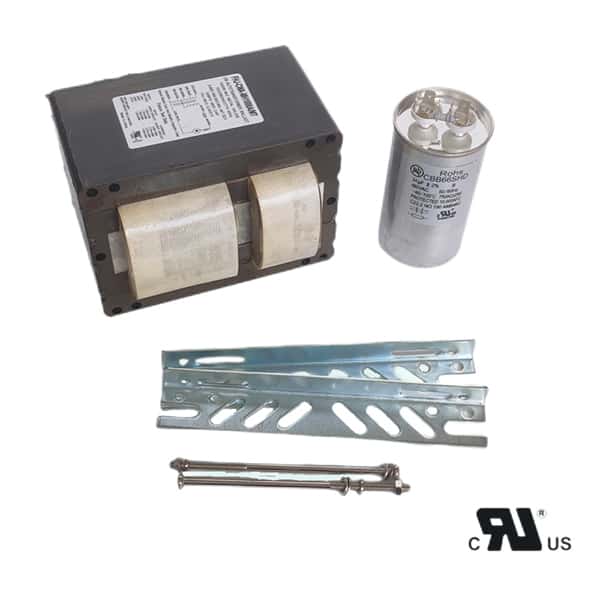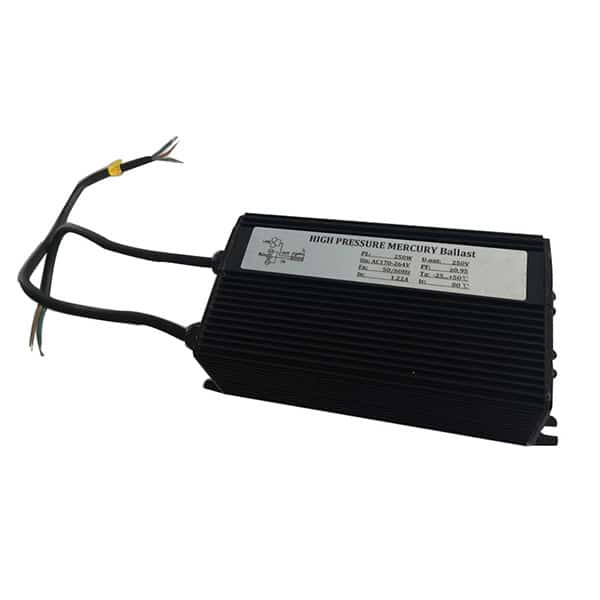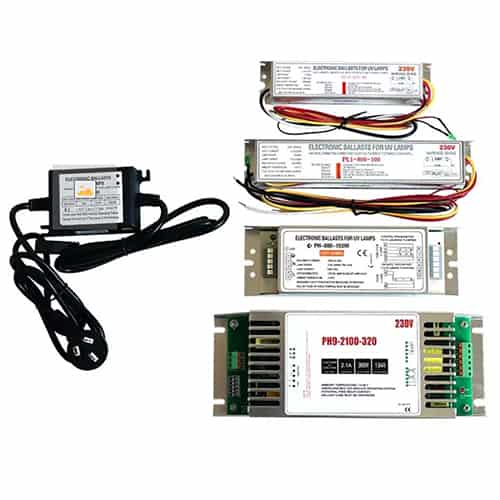One common question about lighting systems is whether the ballast should be hot when it’s working. People are concerned it might be a problem or a safety hazard. We’ll cover whether it’s normal for a light ballast to be hot, why it gets hot, and what you can do to make sure everything is okay.
A ballast will get warm when it’s working. You expect it to get warm because it’s part of the electrical process. Ballasts, whether they’re magnetic or electronic, convert and regulate electrical current to keep the lights working right. This process creates heat. The heat should stay within a safe range, usually specified by the manufacturer. If it gets hotter than it should, it might be a problem.
A ballast generates heat due to several factors, depending on the type and design. In a magnetic ballast, heat results from the electrical current flowing through coils and a metal core. Magnetic ballasts, used often with high-wattage HID lamps like high-pressure sodium (HPS) and metal halide (MH) lamps, tend to run hotter than their electronic counterparts. On the other hand, electronic ballasts have a more efficient design that limits energy loss, so they tend to produce less heat. However, they can still warm up, especially if exposed to adverse conditions like high ambient temperatures or poor ventilation.
Understanding the risks and identifying signs of excessive heat can help prevent hazards. Overheating in ballasts can lead to failures in both the ballast and lamp, as well as potential fire hazards if left unchecked. Common signs of overheating include a noticeable burning smell, discoloration, or visible deformities on the ballast casing. Regularly monitoring the temperature, particularly in enclosed fixtures or high-temperature environments, can help detect these issues early on and prevent damage.
There are several common causes for unusual heating in ballasts. Unstable voltage can strain the ballast, causing it to operate inefficiently and produce more heat. Poor ventilation also exacerbates heating issues, as restricted airflow prevents proper heat dissipation. Additionally, aging components, such as capacitors within the ballast, may degrade over time, causing the system to draw more power and produce more heat. Improper installation can also create overheating risks, particularly if the ballast is installed without adequate space for cooling or mounted on surfaces that trap heat.
To prevent overheating, several strategies can be applied to keep ballasts within a safe temperature range. Investing in high-quality ballasts is the first step, as reputable brands are often designed with better heat dissipation features and temperature resilience. Proper ventilation is also essential, so it’s recommended to install the ballast in a location that allows for natural airflow around it. Routine maintenance, including checking electrical connections and cleaning dust from the ballast surface, can help ensure efficient heat dissipation. Additionally, keeping the ambient temperature under control through ventilation or cooling measures like fans or air conditioning can further protect the ballast.
Recognizing when to replace a ballast is important for maintaining safe and efficient lighting systems. For instance, if a ballast is consistently overheating beyond control, it may be time to consider a replacement. Aging ballasts can show signs of wear, such as discoloration, a decrease in performance, or even physical damage. Proactively replacing ballasts when they show these signs can improve the safety and longevity of the entire lighting setup.
In summary, it’s normal for a HID ballast to get warm when it works. It should stay within a safe range. You can manage the heat by using a good ballast, making sure it has good air circulation, and doing regular maintenance. If it gets too hot or gets old, you can replace it to avoid problems and keep everything working right.



